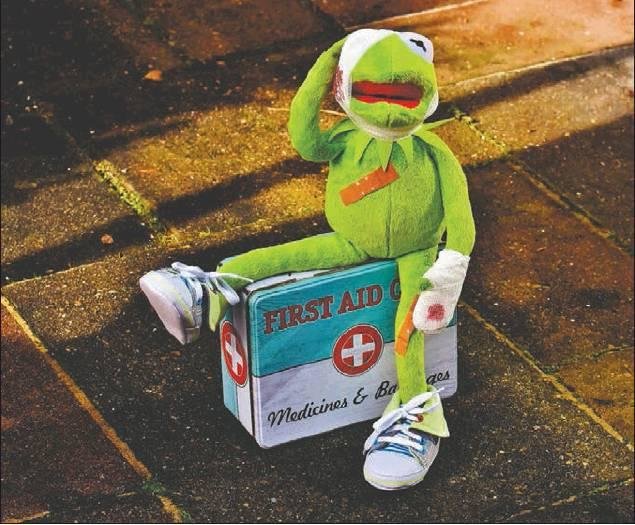Prepare now for a pet emergency
BY dr. Ginger Macaulay
We get lots of calls every day from clients asking if they should be bringing their pet in to be seen by a doctor.
Any concern you have …
This item is available in full to subscribers.
Subscribe to continue reading. Already a subscriber? Sign in
Get 50% of all subscriptions for a limited time. Subscribe today.
Please log in to continueNeed an account?
|
Prepare now for a pet emergency
BY dr. Ginger Macaulay
We get lots of calls every day from clients asking if they should be bringing their pet in to be seen by a doctor.
Any concern you have for your pet is a reason to schedule an appointment with your veterinarian.
The sooner we can see a pet, the better chance we have of treatment.
The American Veterinary Medical Association advises immediate veterinary treatment for:
• Severe bleeding or bleeding that doesn’t stop within 5 minutes
• Choking, difficulty breathing or nonstop coughing and gagging
• Bleeding from nose, mouth, rectum, coughing up blood, or blood in urine
• Inability to urinate or pass feces (stool), or obvious pain associated with urinating or passing stool
• Eye injuries
• You suspect or know your pet has eaten something poisonous (such as antifreeze, xylitol, chocolate, rodent poison, etc.)
• Seizures and/or staggering
• Fractured bones, severe lameness or inability to move limbs
• Obvious signs of pain or extreme anxiety
• Heat stress or heatstroke
• Severe vomiting or diarrhea – more than 2 episodes in a 24-hour period, or either of these combined with obvious illness or any of the other problems listed here
• Refusal to drink for 24 hours or more
• Unconsciousness
First aid
In some instances, you may not be able to immediately get to your vet.
The AVMA recommends keeping these emergency supplies on hand:
• Phone numbers and your pet’s medical record (including medications and vaccination history)
• Emergency veterinary clinic phone number
• Animal Poison Control Center 888-4ANI-HELP (888-426-4435)
• Gauze
• Nonstick bandages, towels, or strips of clean cloth
• Adhesive tape for bandages. Never use human adhesive bandages on pets
• Milk of magnesia, activated charcoal
• Hydrogen peroxide (3%) for dogs only: To induce vomiting. Do not use in cats.
• Digital fever thermometer. Temperatures must be taken rectally.
• Eye dropper or large syringe without needle
• Muzzle
• Leash
• Stretcher
Emergency care
Always use caution when dealing with an injured pet.
Pain, fear, anxiety can lead to bites and scratches.
If your pet is injured:
• Don’t attempt to hug an injured pet. Keep your face away from its mouth.
• Perform any examination slowly and gently. Stop if your animal becomes more agitated.
• Call your veterinarian or an emergency veterinary clinic before you move your pet.
• Place a muzzle on the pet to reduce the chances you’ll be bitten. Dogs may be muzzled with towels, stockings or gauze rolls.
• Wrap cats and other small animals in a towel to restrain them. Leave its nose uncovered.
• Never muzzle your pet if it is vomiting.
• Stabilize injuries before moving an injured animal by splinting or bandaging them.
• Keep pets confined during transport to reduce the risk of additional injury.
• Always keep your pet’s medical records in a safe, easily accessible place. Bring these with you when you take your pet for emergency treatment.
• Any first aid administered to your pet should be followed by immediate veterinary care.
Next month I will focus on how to administer first aid to your pet.
For more information on pet first aid, visi www.avma.org, www.veterinarypartners.com, and www.aaha .
Other items that may interest you










Comments
No comments on this item Please log in to comment by clicking here